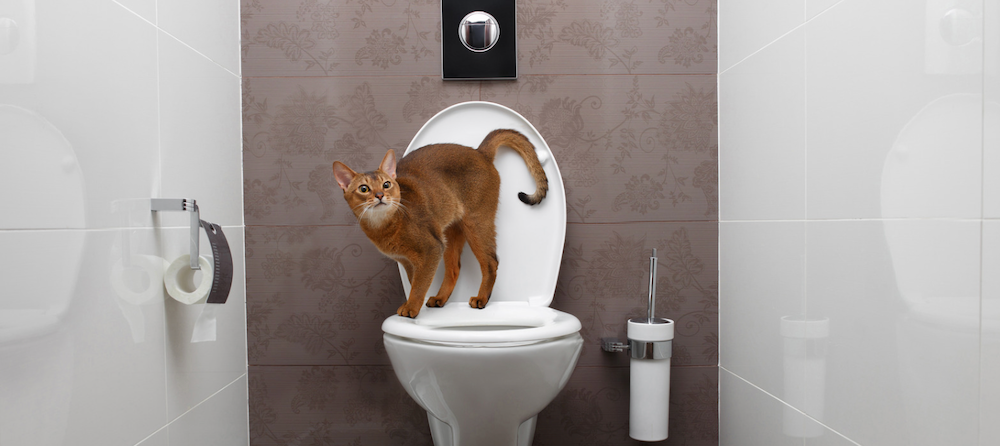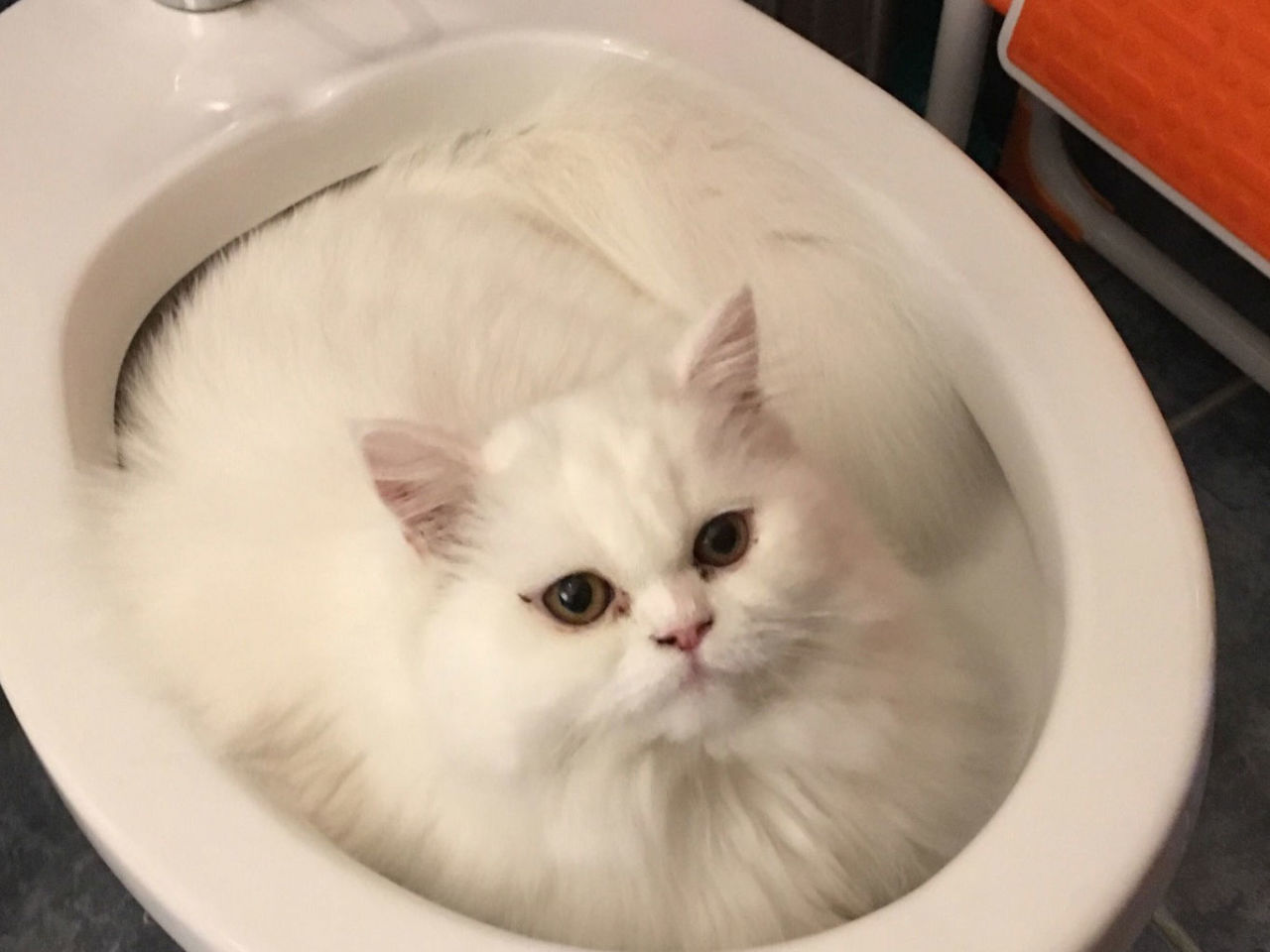Exploring the Harms of Flushing Animal Waste Down the Toilet
Exploring the Harms of Flushing Animal Waste Down the Toilet
Blog Article
We've unearthed this post on 4 Reasons Why Dog Poop Cleanup is Important below on the internet and think it made sense to talk about it with you here.

When it concerns disposing of waste, particularly animal waste, many individuals often resort to the hassle-free alternative of flushing it down the commode. However, this relatively easy remedy can have serious repercussions for the setting and public health. In this write-up, we'll discover why flushing animal waste down the bathroom is a poor idea and provide alternate approaches for appropriate disposal.
Intro
Proper garbage disposal is vital for keeping environmental sustainability and public health. While it might appear safe to flush animal waste down the bathroom, it can lead to numerous concerns, both for the atmosphere and human health.
Threats of flushing animal waste
Ecological influence
Flushing pet waste presents harmful bacteria and microorganisms right into rivers, which can negatively affect aquatic communities. These pathogens can contaminate water sources and damage marine life, interrupting fragile ecological communities.
Public health concerns
Pet waste includes harmful bacteria such as E. coli and Salmonella, which can pose major health and wellness dangers to human beings. Purging animal waste down the bathroom can pollute water materials, resulting in the spread of illness and infections.
Alternatives to flushing
Instead of flushing pet waste down the bathroom, there are several alternative disposal techniques that are a lot more eco-friendly and sanitary.
Composting
Composting animal waste is an eco-friendly means to deal with it. By composting, raw material is broken down into nutrient-rich dirt, which can be utilized to fertilize gardens and plants.
Land fill disposal
Getting rid of animal waste in a garbage dump is another option. While not as environmentally friendly as composting, it is a more secure choice to flushing, as it avoids the contamination of water resources.
Animal garbage disposal systems
There are specialized family pet garbage disposal systems available that safely and hygienically dispose of animal waste. These systems often make use of enzymes to break down waste and eliminate odors.
Steps to proper pet waste disposal
To ensure proper disposal of pet waste, adhere to these steps:
Scooping and getting waste
On a regular basis scoop and bag pet waste making use of naturally degradable bags. This stops waste from polluting the atmosphere.
Making use of marked waste bins
Dispose of bagged pet waste in marked waste containers, such as compost bins or landfill bins. Avoid flushing it down the toilet in any way expenses.
Cleaning up can and pet areas regularly
Consistently clean litter boxes and family pet locations to avoid the accumulation of waste and microorganisms. Use pet-safe cleansing items to preserve hygiene.
Benefits of correct disposal techniques
Adopting appropriate disposal approaches for animal waste uses numerous benefits:
Reduced environmental pollution
Appropriate disposal techniques decrease the threat of environmental pollution, shielding rivers and communities from contamination
Minimized risk of water contamination.
By staying clear of flushing pet waste down the commode, the threat of water contamination is substantially minimized, guarding public health.
Boosted hygiene and health
Appropriate disposal approaches promote far better sanitation and hygiene, developing a safer environment for both people and pets.
Final thought
In conclusion, purging animal waste down the commode is harmful to the setting and public health. By taking on different disposal methods and complying with correct waste monitoring methods, we can lessen the negative impact of pet waste and add to a cleaner, much healthier world.
What To Do With Dog Poo – The Do's And Don'ts Of Disposing Of Faeces
Dog poo bins
Some councils provide dedicated dog waste bins in popular dog-walking areas that can take dog poo that has been bagged but you can legally dispose of dog waste in any public litter bin, as long as it is securely bagged. This also applies to your wheelie bin at home.
Do not flush
Water companies do not recommend flushing dog faeces down the toilet because certain parasites can survive the water processing treatment and are potentially harmful to humans. You should also never consider flushing dog poo that has been bagged down the toilet as the bags will not break down and instead create severe blockages in the sewage system.
In the woods
The Forestry Commission promotes a ‘stick and flick’ method for dealing with waste in the woods. This means finding a stick and using it to flick any poo from off the path so that it is out of the way of other walkers. You could also bury it as long as it is not in an area where there might be livestock.
Livestock
Parasites found in dog poo can be transmitted to livestock if they inadvertently eat infected faeces that has been left on grazing land. This could result in the death of sheep or abortion in cattle so you should always make sure you pick up your dog’s waste in fields where livestock could be present.

Consistently clean litter boxes and family pet locations to avoid the accumulation of waste and microorganisms. Use pet-safe cleansing items to preserve hygiene.
Benefits of correct disposal techniques
Adopting appropriate disposal approaches for animal waste uses numerous benefits:
Reduced environmental pollution
Appropriate disposal techniques decrease the threat of environmental pollution, shielding rivers and communities from contamination
Minimized risk of water contamination.
By staying clear of flushing pet waste down the commode, the threat of water contamination is substantially minimized, guarding public health.
Boosted hygiene and health
Appropriate disposal approaches promote far better sanitation and hygiene, developing a safer environment for both people and pets.
Final thought
In conclusion, purging animal waste down the commode is harmful to the setting and public health. By taking on different disposal methods and complying with correct waste monitoring methods, we can lessen the negative impact of pet waste and add to a cleaner, much healthier world.
What To Do With Dog Poo – The Do's And Don'ts Of Disposing Of Faeces
Dog poo bins
Some councils provide dedicated dog waste bins in popular dog-walking areas that can take dog poo that has been bagged but you can legally dispose of dog waste in any public litter bin, as long as it is securely bagged. This also applies to your wheelie bin at home.
Do not flush
Water companies do not recommend flushing dog faeces down the toilet because certain parasites can survive the water processing treatment and are potentially harmful to humans. You should also never consider flushing dog poo that has been bagged down the toilet as the bags will not break down and instead create severe blockages in the sewage system.
In the woods
The Forestry Commission promotes a ‘stick and flick’ method for dealing with waste in the woods. This means finding a stick and using it to flick any poo from off the path so that it is out of the way of other walkers. You could also bury it as long as it is not in an area where there might be livestock.
Livestock
Parasites found in dog poo can be transmitted to livestock if they inadvertently eat infected faeces that has been left on grazing land. This could result in the death of sheep or abortion in cattle so you should always make sure you pick up your dog’s waste in fields where livestock could be present.

I ran across that piece on 4 Reasons Why Dog Poop Cleanup is Important while looking around the internet. Sharing is nice. You won't know, you will be doing someone a favor. I recognize the value of your readership.
Schedule Appointment Now Report this page